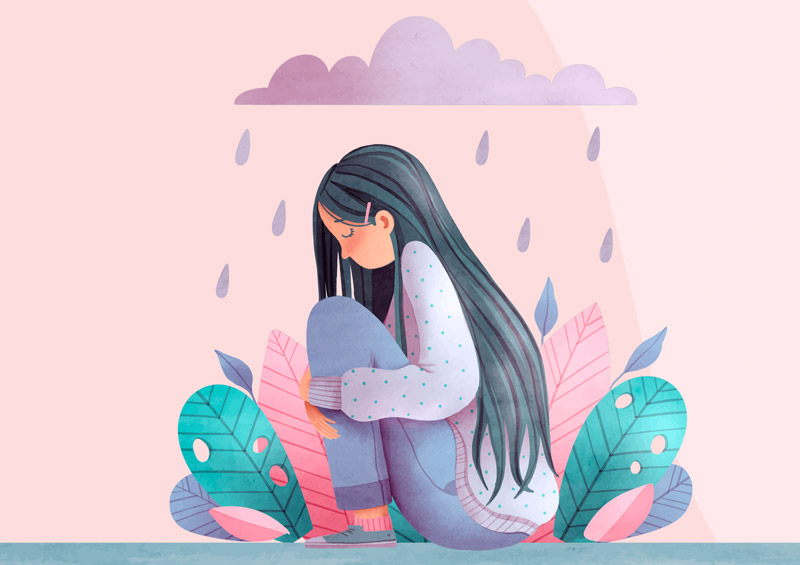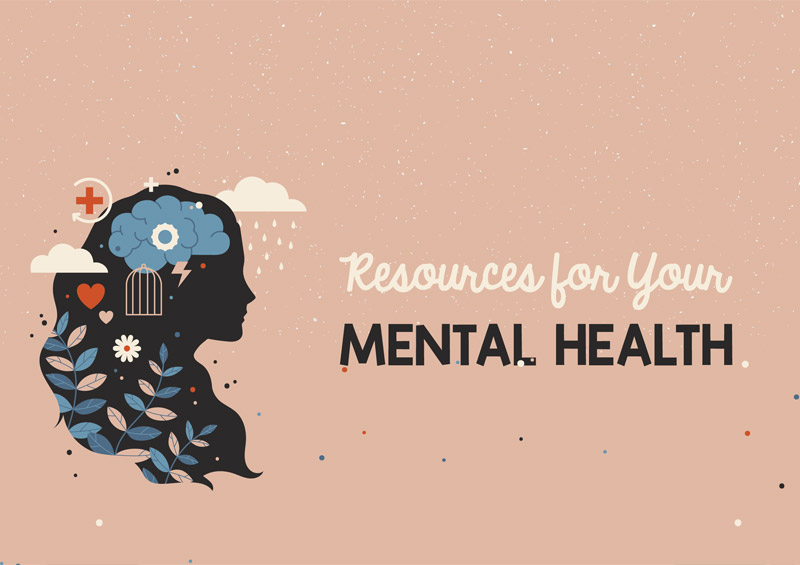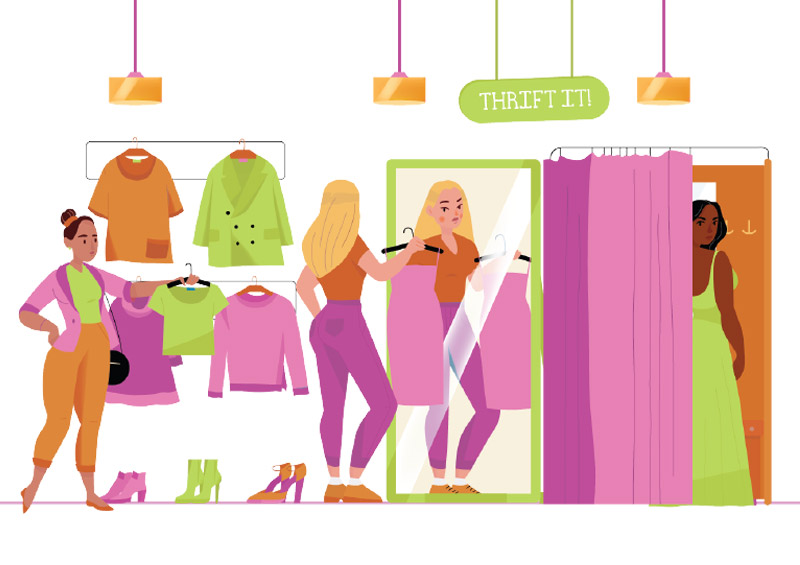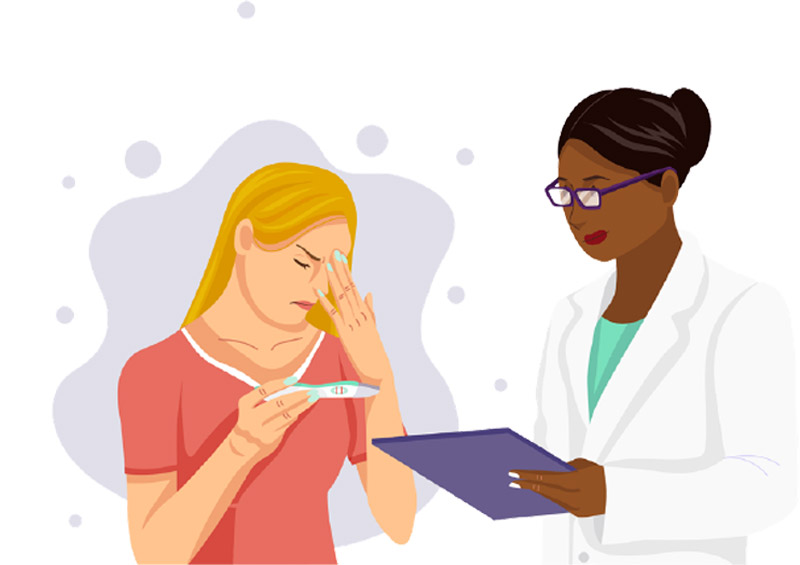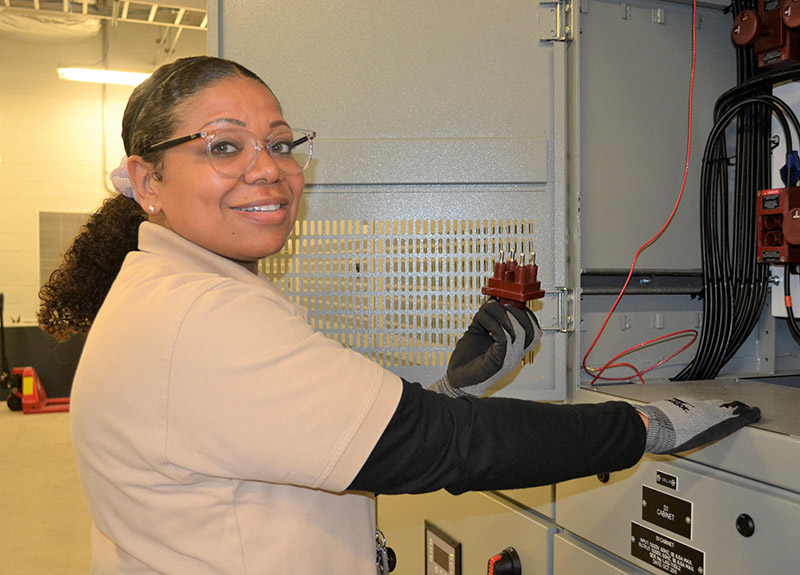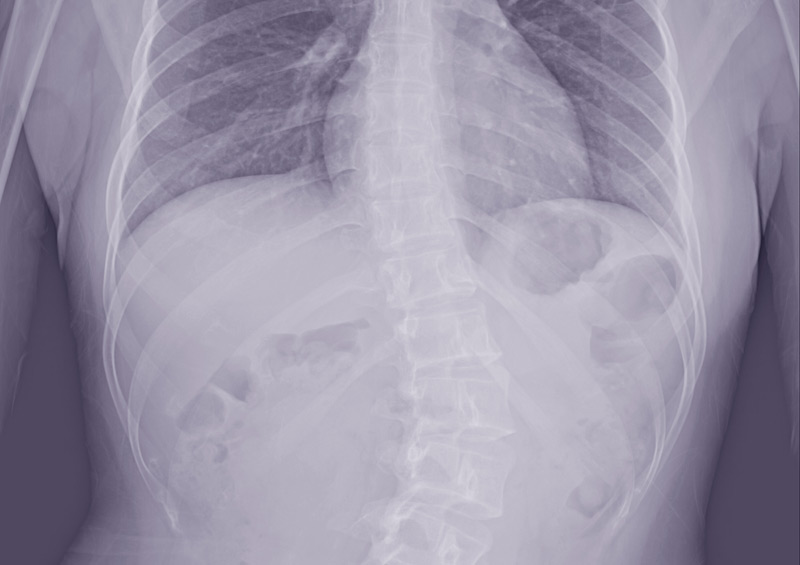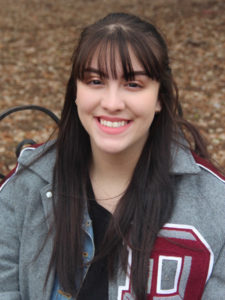MY PEDIATRICIAN asked me to touch my toes, and I didn’t think anything of it. I stood in the middle of a checkup at 11 years old after having gone through my first big growth spurt. This was a routine procedure, just like every other checkup I’d ever had. Little did I know this appointment was anything but routine.
I had never heard of scoliosis until that day. No one had noticed until then, not even my mom, that I had grown a little crooked. It caused me no pain and hadn’t progressed very far yet, so at first it was virtually undetectable until a trained professional was looking. I had always been a bit of a brave kid, so the diagnosis didn’t scare me as much as my parents expected. I was told I would have to be fitted for a back brace, which would hopefully prevent the curve from advancing.
I held out hope that the brace would do its job, but it was difficult to think of it as anything other than an obstruction. My short but sweet Pee Wee volleyball career came to a close. I spent a good portion of my time in elementary school, followed by a bit of middle school, with a slab of plastic wrapped around me. The brace was obvious under shirts, uncomfortable to sleep in, and a pain to strap myself into. I opted for wearing it to sleep rather than at school, because wearing it under my school uniform made me feel insecure.
In an attempt to quell my annoyance, I took solace in the idea that once I was done growing my range of motion would be restored.
If we had found it just a little earlier, I may not have needed surgery.
As I kept growing, so did the curve in my spine. It became more noticeable to my family and peers. The scoliosis kept getting worse and worse. Eventually I stopped wearing my brace because it was obvious that it wasn’t working. Similar to when I was in the brace, I felt uncomfortable wearing anything where you could see how crooked I stood.
I remember one time when I was standing in my living room getting ready to go somewhere with my family and my mom pointing out how crooked my back looked in the shirt I was wearing. She took a picture and to this day we still use it to show people what I looked like before my surgery.
It began to be painful to sit or stand for long periods of time without something to lean on. I lost count of how many times people told me to stand up straight, even though I couldn’t. The way things were looking, surgery was the only option I had left.
I walked into the hospital on July 3rd, 2014, ready to finally have a straight spine. During a seven-and-a-half-hour operation, my surgeons fused my spine from the third thoracic vertebrae to the fourth lumbar vertebrae with titanium rods, leaving me with a 15-inch scar all the way down my back. I spent a week in my hospital room, where I relearned to walk, using a cane or walker for support.
Once I was released from the hospital, I spent the rest of my summer recovering at home. I was healing quickly, but my motion was still limited. I returned to school two inches taller and continued to gradually improve throughout middle school.
I never faced insecurity about my scar. In a way, I thought it was cool. It showed that I had been through something difficult. To this day, I don’t think twice about wearing a swimsuit that shows my scar to the beach or wearing a crop top. For my senior prom, I wore a dress with four straps extending over my back, without a second thought.
Even though the journey was long and difficult, coping with scoliosis taught me that if I’m determined, anything I face is survivable. Many people don’t go through with surgery when they’re diagnosed with scoliosis. I easily could have let my entire life be hindered by a diagnosis. I could have let it ruin my life. The thought of such a drastic surgery terrified my parents and many of my family and friends. I, however, was unfazed. Surgery wasn’t something I was scared of and I faced it head on. I went through with my surgery as I have now learned to do everything: without fear.



